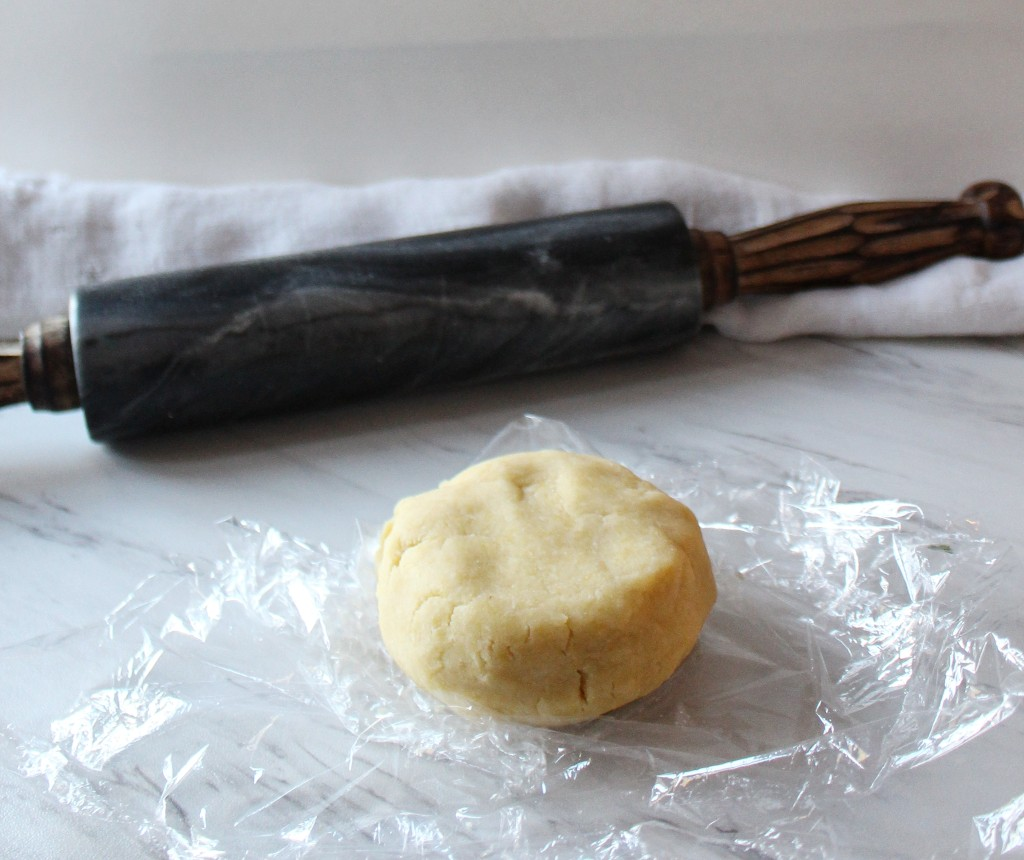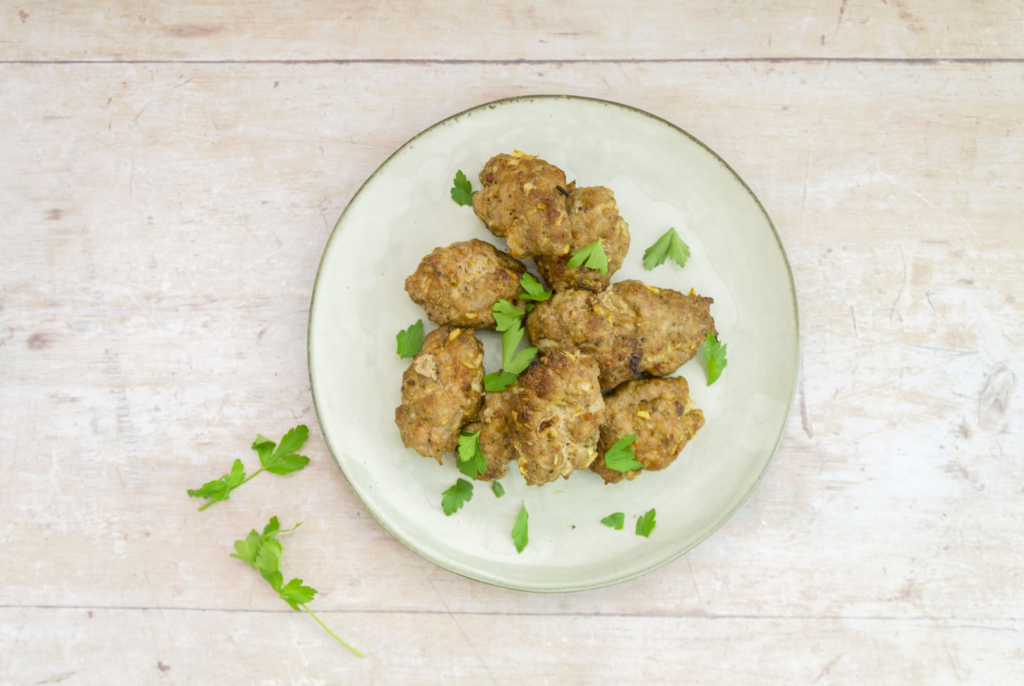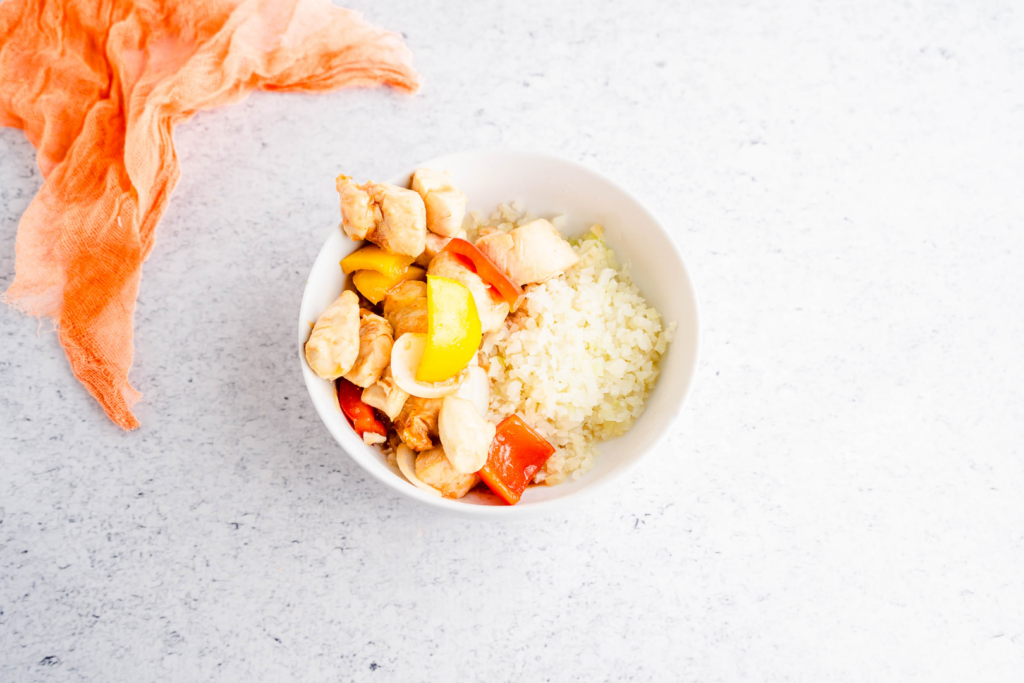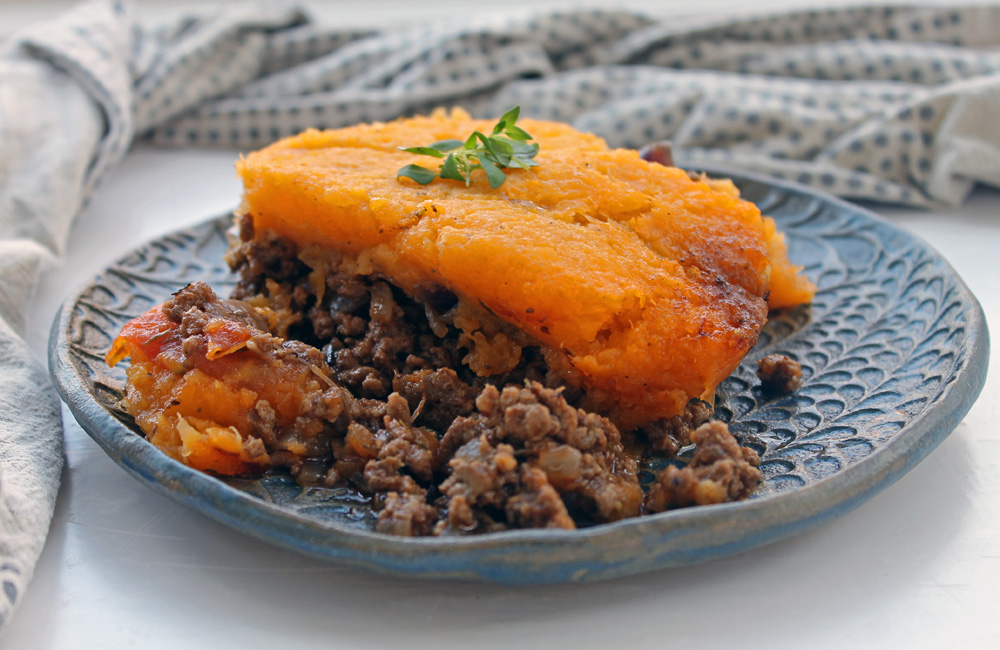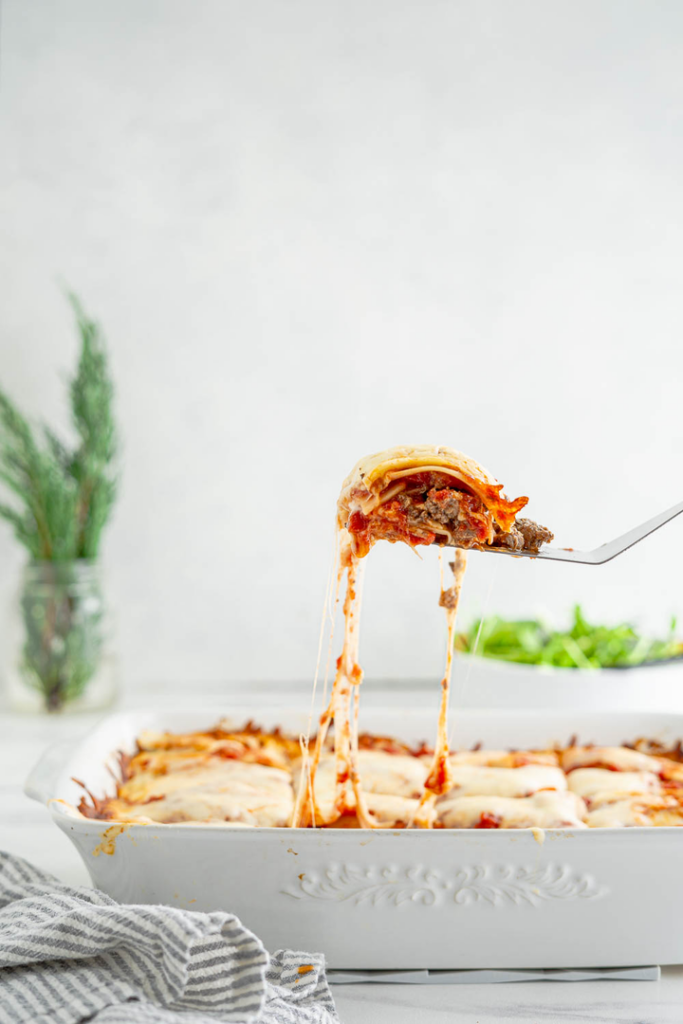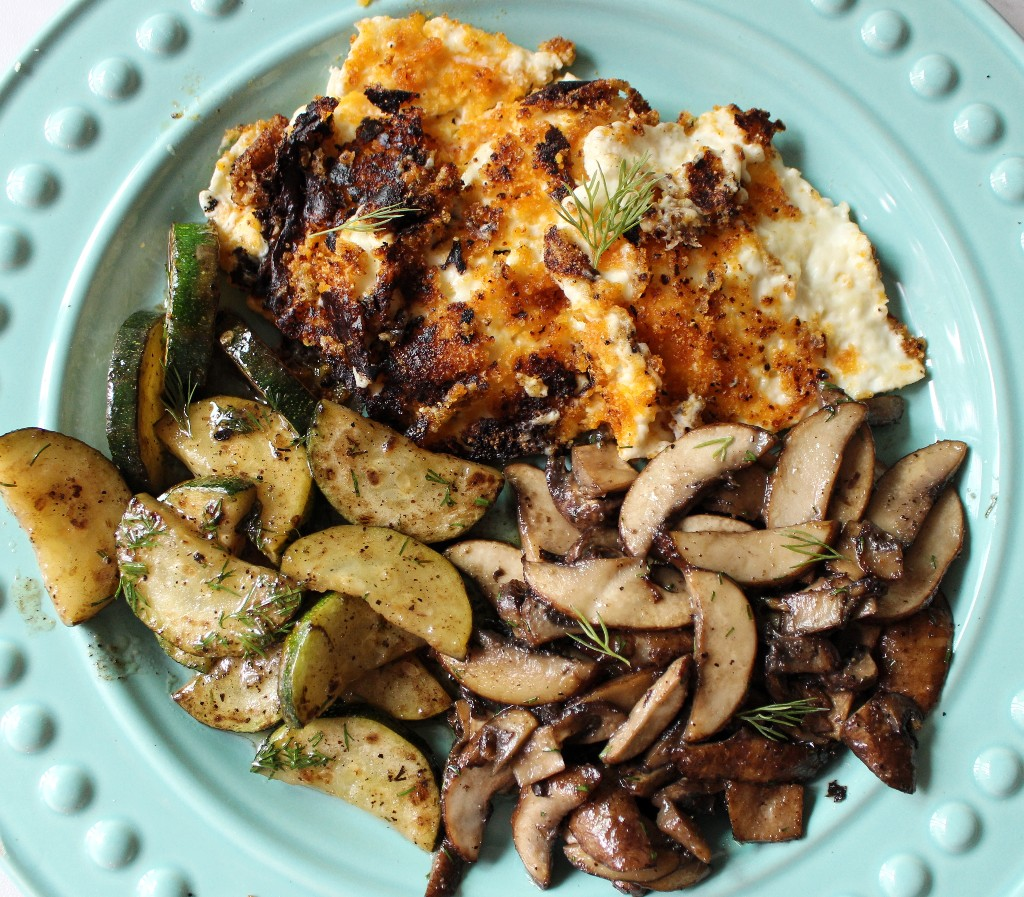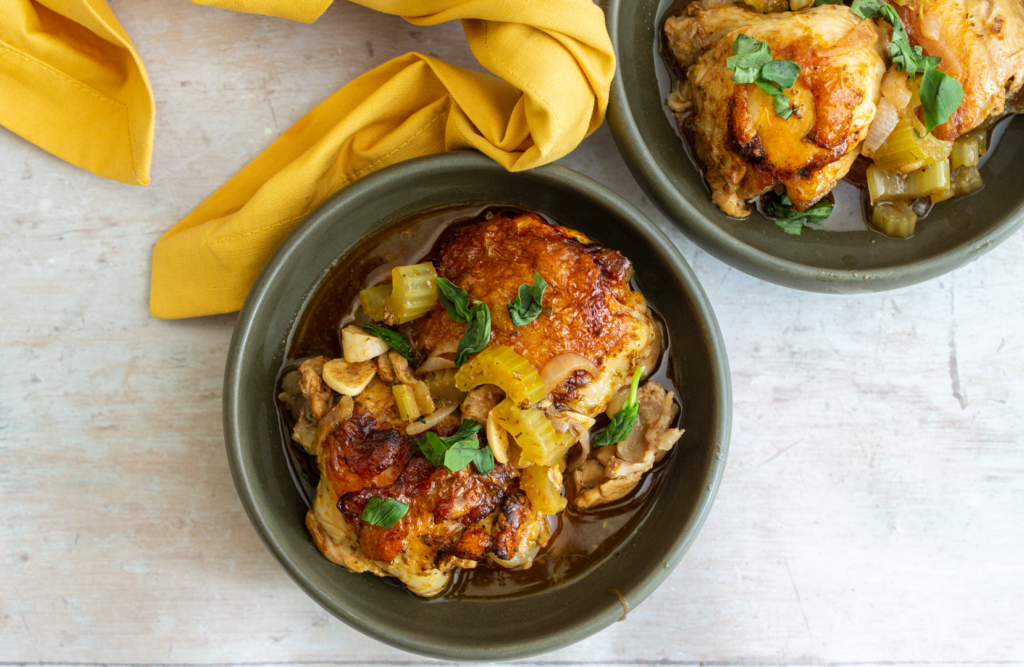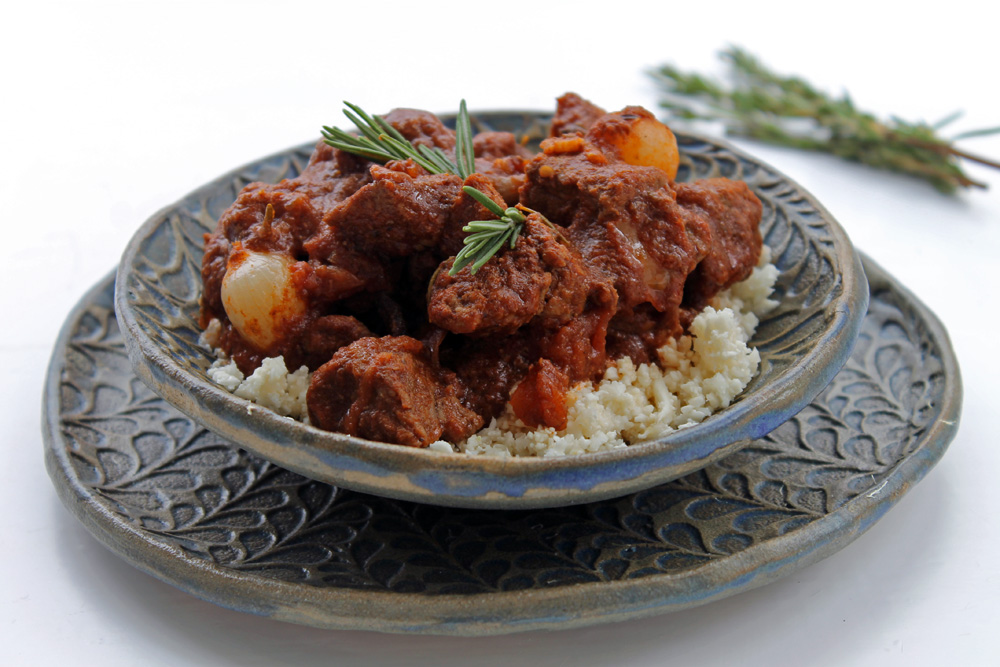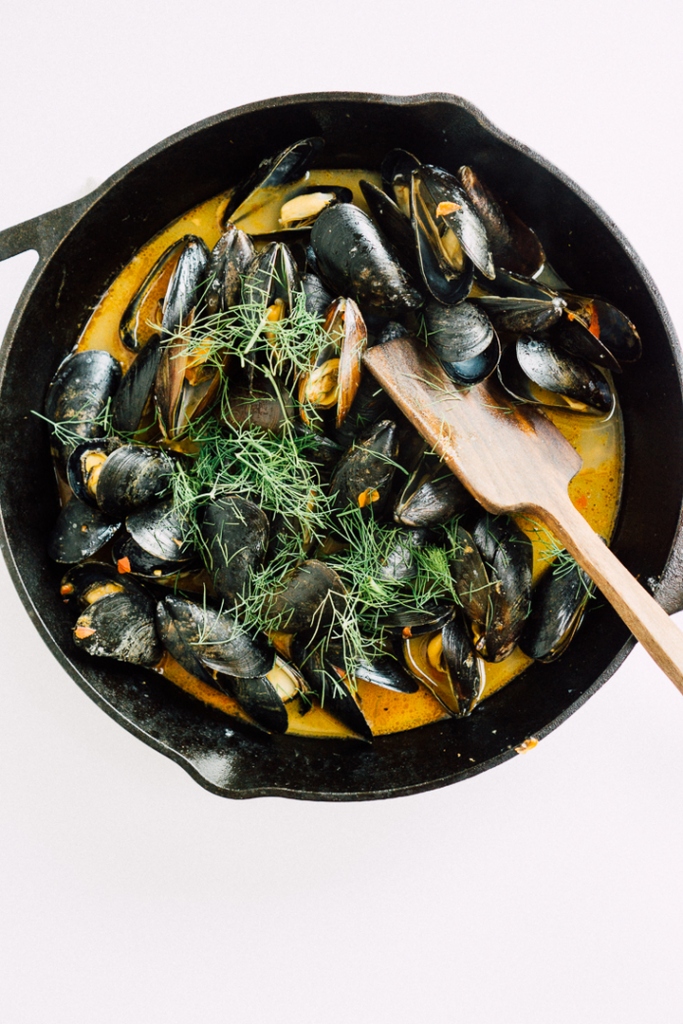About
Dumplings are made in cuisines all over the world and come in every shape and size imaginable. Polish pierogi are made with a tough dough that can be filled with a variety of fillings. Potato, cheese, sauerkraut, mushroom, and onion are the most popular choices. This Keto recipe is for the dough ONLY, so you may choose your filling of choice. For a full pierogi recipe, you can follow the Carb Manager Cheese Pierogi recipe. However, the directions in this recipe do guide you on how to use a cook the dough. If you’re having difficulty making this Keto pierogi dough recipe, check out the additional tips written to help you. Let other users know in the comments what types of pierogi you made!
Why Doesn’t This Dough Stretch Like Normal Dough?
Maybe you’ve seen videos of dumplings being made, and you can see the dough is stretched over large fillings and folded into different designs. Pierogi is normally made with common wheat flour, which we can’t use on the Keto diet. It’s the gluten that is developed in wheat flour that gives authentic pierogi dough the elasticity to stretch and fold. When you make your Keto pierogi, you’ll need to use only small amounts of filling. Since this dough is made with gluten-free paleo flour, you won’t get that same elasticity. To fold the Keto pierogi, simply pinch the dumplings closed or use a fork to press the edges together.
What Is Fraising Butter?
The first step in this recipe calls for you to “fraise” the butter. This is a way of softening butter without melting it. To fraise butter, cut the butter into chopped pieces. Then, hold the spine of the knife while you hold the edge of the blade against the butter at a 45-degree angle. Slowly spread the butter towards you with the blade over and over again until the butter turns into a smooth, malleable wad. Once the butter is soft enough to easily spread, you can add it to your dough and continue with the recipe. If working with a small amount of butter, you can achieve the same effect by just smooshing the butter between clean fingers.
Jessica L
Ingredients
- 1 cup paleo baking flour
- ¼ teaspoon salt
- ¼ teaspoon baking aids xanthan gum
- 1 large raw egg, yolk
- 2 tablespoon ricotta cheese, whole milk
- 1 tablespoon butter, unsalted
- 1 tablespoon water
Instructions
- Combine the paleo flour, salt, and xanthan gum in a large mixing bowl. If necessary, sift the paleo flour first. Use a spatula to mix the egg yolk and ricotta cheese into the dry ingredients to make a crumbly mixture. Next, soften the butter by fraising it on a clean surface or rubbing it between your fingers (do not microwave or melt!). Use your hand to mix the butter into the dough until you have a crumbly but wet dough, as pictured.
- Pour half the water listed into the dough. Knead the dough with your hands until it just comes together and the dough is free of any white or yellow streaks. You can use the remaining amount of water as needed if your dough is still a little dry. Transfer the finished dough to a piece of plastic wrap. Shape the dough into a flattened ball or rectangle and tightly wrap the dough.
- Chill your wrapped dough in the refrigerator for just one hour. From here on, you may use the dough to your liking. Roll the cold dough into a ⅛”-¼” thickness and cut out circles to make pierogi. Fill the pierogi with your filling of choice and fry them in a pan with butter or bacon fat. You may also bake the pierogi in a 350 degree oven after brushing them with melted butter or an egg wash. You can freeze the uncooked pierogi and boil the frozen pierogi for just 1-2 minutes before finishing them in a frying pan with butter as well.
Nutrition Facts
- Servings: 10
- Calories: 64.4kcal/269.4kJ (per serving)
- Fat: 3.5g (per serving)
- Carbs: 5.5g (per serving)
- Protein: 2.1g (per serving)
